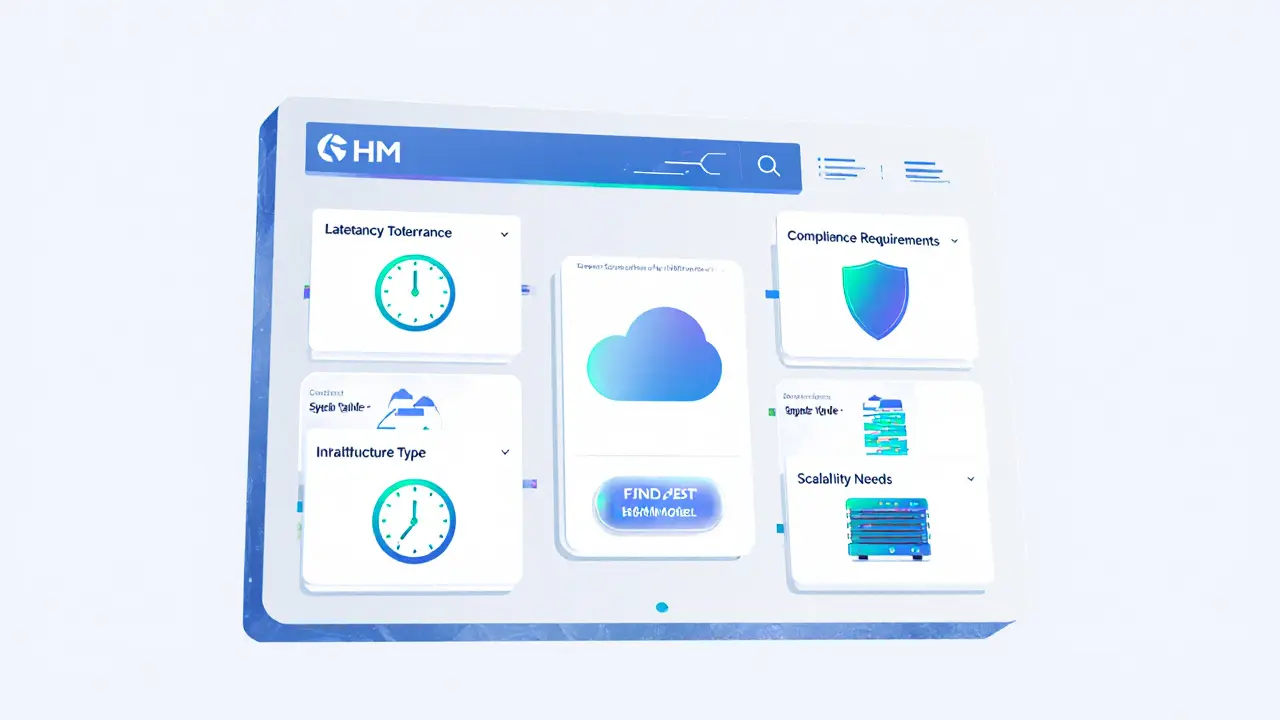FIPS 140-2: Understanding the Crypto Security Standard
When working with FIPS 140-2, the U.S. government’s benchmark for cryptographic module security. Also known as Federal Information Processing Standard 140‑2, it sets the bar for encryption devices used in banking, cloud services, and cryptocurrency platforms.
Compliance starts with NIST, the National Institute of Standards and Technology that publishes the official FIPS 140‑2 guidelines. NIST defines the four security levels, the testing methodology, and the required documentation for each cryptographic module. If a wallet or exchange wants to claim FIPS compliance, it must submit its hardware or software to an accredited lab that follows NIST’s evaluation process.
At the core of the standard is the cryptographic module, any hardware, software, firmware, or combination that performs cryptographic functions. The module must protect keys, generate random numbers, and enforce access controls. In practice, this means a hardware security module (HSM) used by a crypto exchange must meet Level 3 or 4 requirements to safeguard user funds.
One semantic triple here is: FIPS 140-2 encompasses security requirements for cryptographic modules. Another: NIST defines the testing criteria that modules must pass. A third: Compliance with FIPS 140-2 requires validation testing by an accredited lab. These connections help you see why a token project that touts FIPS certification can claim higher trustworthiness.
Why does this matter for the crypto world? Exchanges listed in our collection often handle billions of dollars daily. They need to prove that their encryption keys can’t be extracted by hackers. When an exchange advertises FIPS‑validated HSMs, users get a concrete signal that the platform follows a rigorously vetted standard, not just a marketing claim.
Getting certified isn’t cheap. A typical FIPS 140‑2 validation can cost anywhere from $30,000 to $150,000, depending on the security level and the complexity of the module. The process also adds weeks to product rollout because the lab must run functional, penetrative, and side‑channel tests. However, the payoff includes easier access to regulated markets, smoother onboarding with banks, and stronger positioning against competitors.
For developers building DeFi protocols, FIPS compliance can simplify audits. Auditors already familiar with NIST’s criteria can map code reviews directly to the standard’s controls. This reduces the number of custom security checks you need and speeds up the overall audit timeline.
Regulators in the EU, the US, and Asia increasingly reference FIPS as a benchmark when granting crypto licenses. Our post on “Crypto Licensing Requirements: US MSB, BitLicense & Money Transmitter Guide” notes that many state‑level regulators look for FIPS‑validated modules as part of the technical due‑diligence checklist. Likewise, the “Crypto Regulatory Sandbox Programs” article highlights that sandbox participants who already meet FIPS standards move through the program faster.
Real‑world examples illustrate the impact. A major exchange described in the “Koinde Crypto Exchange Review” upgraded its key management to a Level 3 HSM after a security breach, citing FIPS validation as the key factor in restoring user confidence. Another platform, featured in the “Bitroom Crypto Exchange Review,” failed to disclose any FIPS compliance, raising red flags for investors.
Understanding the relationship between FIPS 140-2, NIST, and cryptographic modules empowers you to evaluate any crypto service’s security posture. Look for publicly available validation certificates, check the security level, and verify that the testing lab is accredited by the National Voluntary Laboratory Accreditation Program (NVLAP).
What to Expect From the Articles Below
Below you’ll find a curated set of guides, reviews, and regulatory deep‑dives that all touch on FIPS‑related topics. Whether you need a step‑by‑step licensing checklist, a tokenomics breakdown, or a safety assessment of a specific exchange, the collection gives you practical insights tied back to this security standard. Dive in to see how FIPS 140-2 shapes compliance, influences risk, and drives trust across the crypto ecosystem.

Institutional Grade HSM Solutions: A Practical Guide for Enterprises
May 15, 2025, Posted by Ronan Caverly
Explore what makes institutional grade HSM solutions essential, compare deployment models, and learn how to choose, implement, and future‑proof cryptographic hardware for enterprise security.
MORESEARCH HERE
Categories
TAGS
- decentralized exchange
- crypto exchange review
- cryptocurrency
- crypto coin
- CoinMarketCap airdrop
- smart contracts
- tokenomics
- cryptocurrency exchange safety
- crypto exchange
- cryptocurrency airdrop
- crypto airdrop
- cryptocurrency exchange
- crypto airdrop guide
- blockchain token distribution
- DeFi
- crypto exchange scam
- crypto airdrop 2025
- Ethereum
- cross-chain interoperability
- ERC-20
